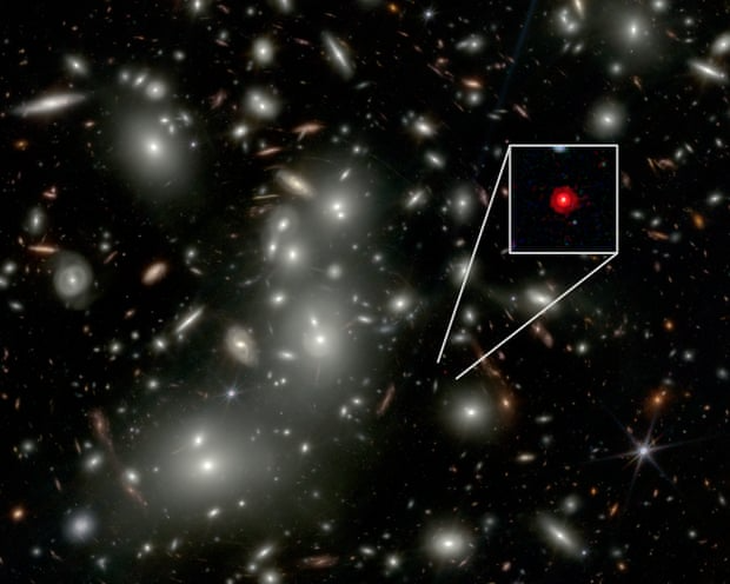
The "tiny red spot" QSO1 is more than 13 billion years old - Photo: JWST/Nasa/Esa/CSA
Astronomers have announced a shocking discovery: a giant black hole may have formed less than a second after the Big Bang. If confirmed, this would be the strongest evidence yet for the existence of primordial black holes, which have been a controversial hypothesis for decades.
Traces from the James Webb Telescope
The discovery is based on data obtained from the James Webb Space Telescope (JWST). The team observed a "tiny red spot" called QSO1, located in a region of the universe that formed when the universe was less than 1 billion years old.
QSO1 was initially thought to be an extremely compact galaxy or a supermassive black hole devouring matter. However, new analysis shows that there is almost no surrounding galaxy, leading scientists to question whether the black hole could have formed on its own, without going through the process of stellar collapse or galaxy formation.
"This black hole is almost 'naked', with no surrounding galaxies. This is a real challenge to current theories," said Professor Roberto Maiolino, University of Cambridge.
Primordial black holes: a mystery from the beginning of the universe
In conventional understanding, black holes form when a giant star collapses after a supernova, then continues to "eat" surrounding matter to grow larger. But this discovery is challenging the standard model of cosmology.
Scientists have long suspected the existence of primordial black holes, black holes that formed shortly after the Big Bang, when the universe was extremely dense and hot. At that time, regions of unusually high density could have collapsed directly into black holes, before the first stars and galaxies even formed.
If this hypothesis is correct, it could explain a major mystery: Why so many giant ancient black holes appeared so early in the universe's history. And they could even be prime candidates for dark matter, which "hides" vast amounts of matter that we can't observe.
Using the phenomenon of gravitational lensing (light being bent by the gravity of a large celestial body in front), the team measured the rotation speed of matter around QSO1.
The results stunned them: The black hole had a mass about 50 million times that of the Sun. It was twice as heavy as all the surrounding matter and contained almost no heavy elements other than hydrogen and helium, which were present shortly after the Big Bang.
"We are witnessing a giant black hole forming in an environment with almost no galaxies. This is truly a cosmological paradigm shift," Professor Maiolino emphasized.
While the discovery is extremely promising, experts remain cautious. Professor Andrew Pontzen (Durham University) said: "The research team was not able to 'see' the moment this black hole was born, but only observed it 700 million years after the Big Bang. This is indirect evidence, and it will take a long time to verify."
In the near future, scientists expect a new generation of gravitational wave telescopes to help "examine" the ancient universe, determining whether primordial black holes really exist or not.
Source: https://tuoitre.vn/phat-hien-lo-den-ra-doi-chua-day-1-giay-sau-big-bang-thach-thuc-khoa-hoc-vu-tru-20250907204002809.htm





![[Photo] Prime Minister Pham Minh Chinh launched a peak emulation campaign to achieve achievements in celebration of the 14th National Party Congress](https://vphoto.vietnam.vn/thumb/1200x675/vietnam/resource/IMAGE/2025/10/5/8869ec5cdbc740f58fbf2ae73f065076)
![[Photo] Prime Minister Pham Minh Chinh chairs the Government's online conference with localities](https://vphoto.vietnam.vn/thumb/1200x675/vietnam/resource/IMAGE/2025/10/5/264793cfb4404c63a701d235ff43e1bd)

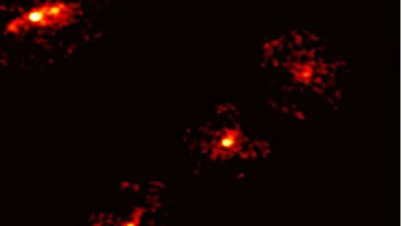





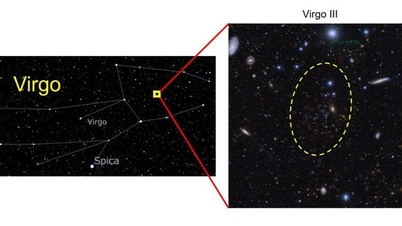
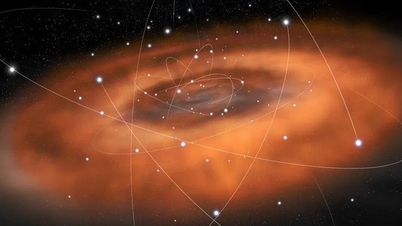





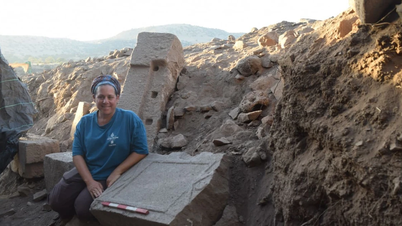
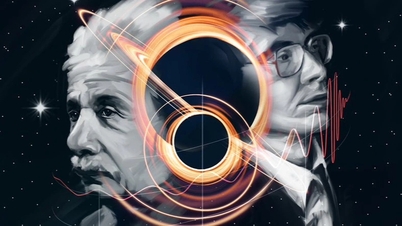

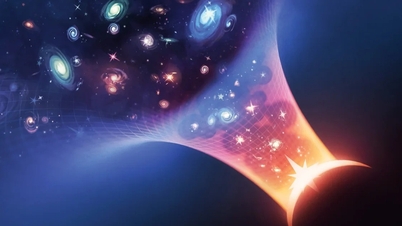
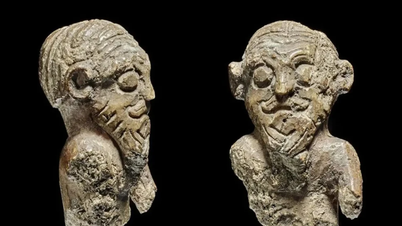







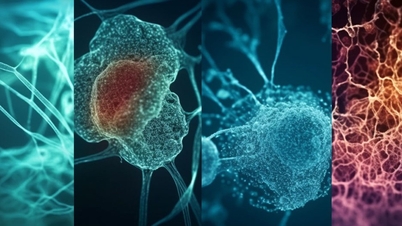

































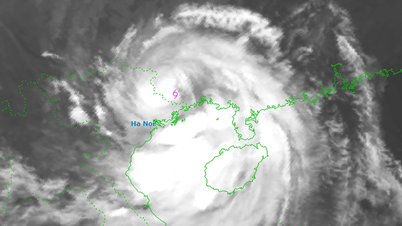

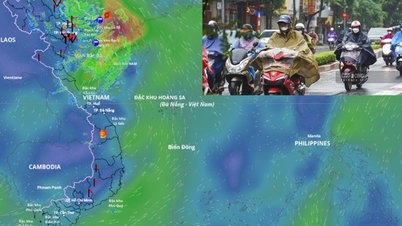

































Comment (0)